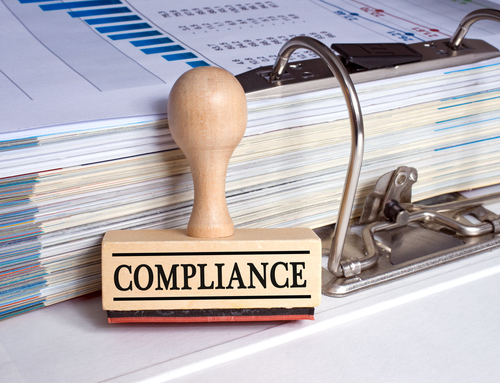Compliance Instruction Manual: Valuation Chapter

It’s time to open your Import Compliance Tools Instruction Manual! The first page brings you to one of Customs’ most common errors when importing: Valuation. The responsibility of reporting the correct value of the cargo to Customs falls on the importer because of ‘Reasonable Care,’ which states importers are aware of their obligations when importing. As the importer, it is your responsibility to:
- Declare the correct value and provide CBP with all pertinent information to verify the correctness of the declared value
- Provide accurate and complete information to CBP
- Exercise due diligence and demonstrate adequate knowledge of import requirements
- Establish internal procedures to ensure compliance in US and with suppliers/manufacturers
If the importer fails to provide accurate and complete valuation information to CBP, then the importer will be subject to penalties depending on the type of violation. If it is proven the importer was negligent, showing lack of reasonable care, then the penalty could be up to 20% the dutiable value or 2 times the loss of duties and taxes. If gross negligence, an act or material statement done with knowledge of, with disregard for, or indifference to obligation is shown, then it could be up to 40% dutiable value or 4 times loss of duties. Finally, if a fraudulent violation, an act or material false statement done voluntarily and intentionally, is found, then the maximum penalty amount will not exceed the domestic value of the merchandise. Aside from the risk of penalties, another reason to show the correct information is to ensure you aren’t paying unnecessary duties and fees and utilizing Free Trade Agreements.
Now it’s time to look in your instruction manual for the chapter on transaction value, the most common valuation method used when importing. This is “price actually paid or payable for merchandise when sold for exportation to the US with certain adjustments.” To use transaction value, one key requirement is that a sale was made. To do so, the item has transferred ownership from one party to another for a price or condition. The phrase Price Actually Paid or Payable (PAPP) plays a vital role in transaction value and is defined as the total payment (whether direct or indirect) made or to be made for imported merchandise by the buyer to, or for the benefit of, the seller. In order to accurately calculate the PAPP, you need to review the additions and exclusions to PAPP.
Additions:
- Packing costs incurred by the buyer
- Any selling commission incurred by the buyer (not buying commission)
- Value of any assist
- Any royalty or license fee that the buyer is required to pay, directly or indirectly, as a condition of sale
- The proceeds of any subsequent resale, disposal, or use of the imported merchandise that accrue, directly or indirectly, to the seller
Exclusions:
- International Freight, insurance, buying commissions;
- Services after importation and discounts taken before importation
- Customs Duties and other Federal Taxes
- License and Royalty payments as a Condition of Sale in the U.S.
PAPP is only scratching the surface of Transaction Value, which is only one method of Valuation when it comes to importing. For more information on Valuation, please reach out to us at [email protected]
